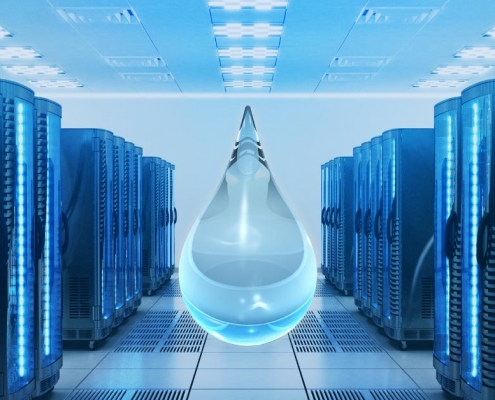
Sustainability laws set to drive real change
Nearly 15 years ago – in 2008 – Uptime Institute presented…

Equipment shortages may ease soon — but not for good reasons
When Uptime Institute Intelligence surveyed data center infrastructure…

Extreme heat stress-tests European data centers – again
An extreme heat wave swept across much of Western Europe on…

Crypto data centers: The good, the bad and the electric
A single tweet in May 2021 brought unprecedented public attention…

Direct liquid cooling: pressure is rising but constraints remain
Direct liquid cooling (DLC) is a collection of techniques that…

The ultimate liquid cooling: heat rejection into water
Uptime Institute’s data on power usage effectiveness (PUE)…

Direct liquid cooling bubbles to the surface
Conditions will soon be ripe for widespread use of direct liquid…

Bring on regulations for data center sustainability, say Europe and APAC
As the data center sector increases its focus on becoming more environmentally sustainable, regulators still have a part to play — the question is to what extent?

Mixed resiliency at the edge
Many analysts have forecast an explosion in demand for edge data centers. After a long, slow start, demand is beginning to build, with small, prefabricated and mostly remotely operated data centers ready to be deployed to support a varying array of applications.

Does the spread of direct liquid cooling make PUE less relevant?
The power usage effectiveness (PUE) metric is predominant thanks to its universal applicability and its simplicity: energy used by the entire data center, divided by energy used by the IT equipment.
